The impressive ruins of Koriyama Castle sit atop a small hill in the centre of the Nara basin, protected by the natural moats of the Akishino and Tomio Rivers. The positioning of the castle and its strong layout served it well through the final years of the Sengoku period, and through the peaceful days of the Edo period.
Tsutsui Junkei (1549-1584) was awarded the area by Oda Nobunaga for his actions against the military monks of the Koufuku-ji Temple of Nara. The rival regional daimyo, Matsunaga Hisahide in a revolt against Nobunaga captured the territory, but the Tsutsui were able to regain it with the assistance of Oda Nobunaga. Tsutsui Junkei then relocated from his namesake Tsutsui Castle to the Koriyama area where fortifications had been built in the 10th century and constructed the magnificent castle as a symbol of his mastery of the Yamato region. Two years after its completion in 1580, Akechi Mitsuhide attacked Oda Nobunaga in the Honno-ji Incident and turned to Tsutsui for military assistance at Horagatoge Pass. Tsutsui, who had served under the Akechi since allying himself with the Oda, took his time contemplating his friend’s request and watching the tide of events before deciding his course of action. This delayed action led to the Japanese saying “Horagatoge wo kimekomu” or, “To wait and see what happens at Horagatoge”, used in a negative or sarcastic context when someone has watched and waited long enough to join the winning or successful side. Tsutsui spent only four years at the castle before succumbing to illness. His mausoleum remains nearby.
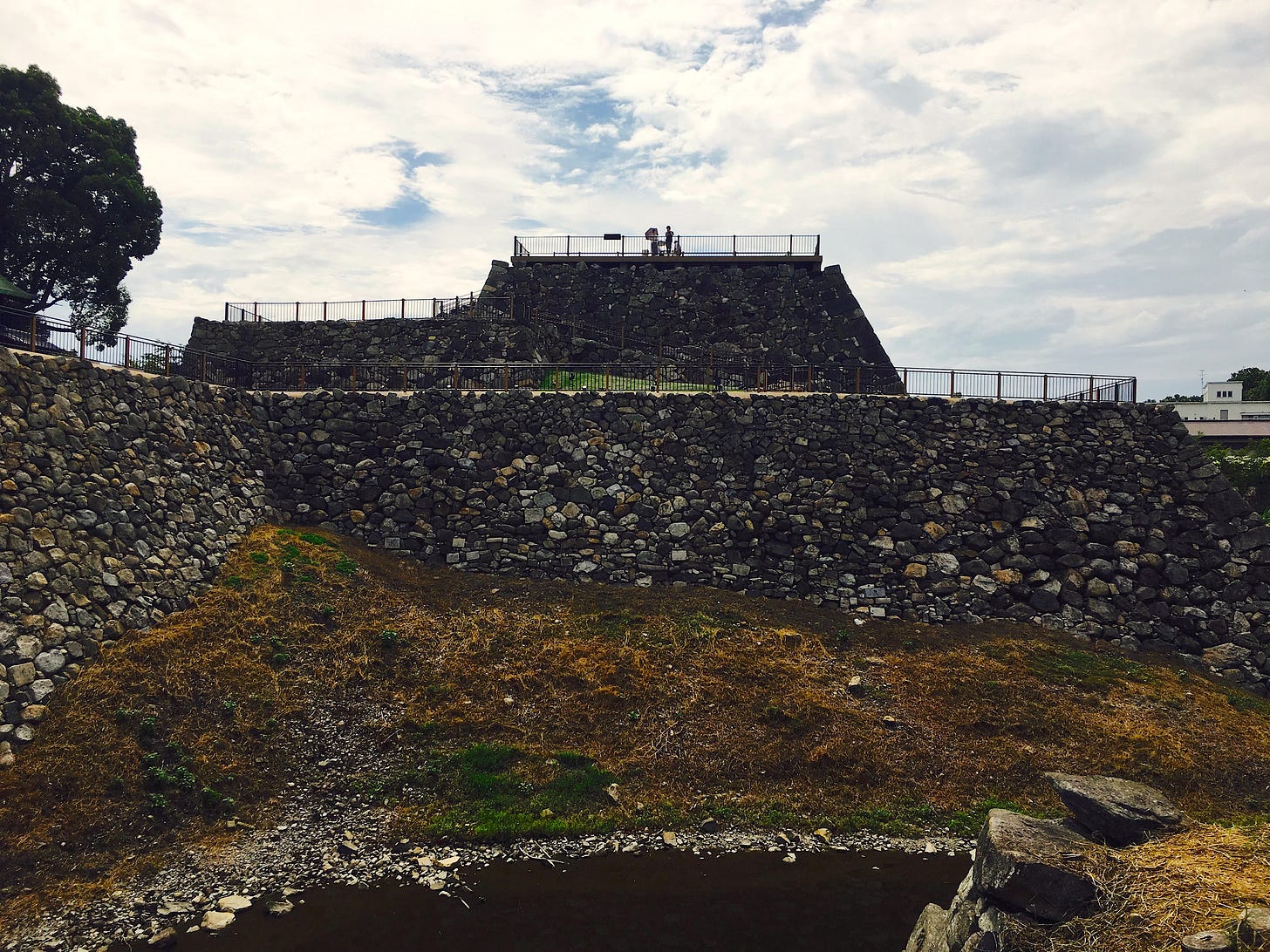
Koriyama was then taken over by Hashiba (Toyotomi) Hidenaga (1540 –1591), the younger brother of the Taiko, Toyotomi Hideyoshi. Hidenaga was seen as Hideyoshi’s right-hand man, and the opposite of his flamboyant and loud elder brother. Hidenaga was already lord of the Izumi and Kii domains when awarded Yamato, bringing his stipend to 1 million koku. To match his esteemed status, he enlarged Koriyama castle and rebuilt the palace and residence. Hidenaga was served closely by castle construction expert Todo Takatora and worked to protect and promote commerce and industry in his fief before dying six years later at Koriyama Castle.
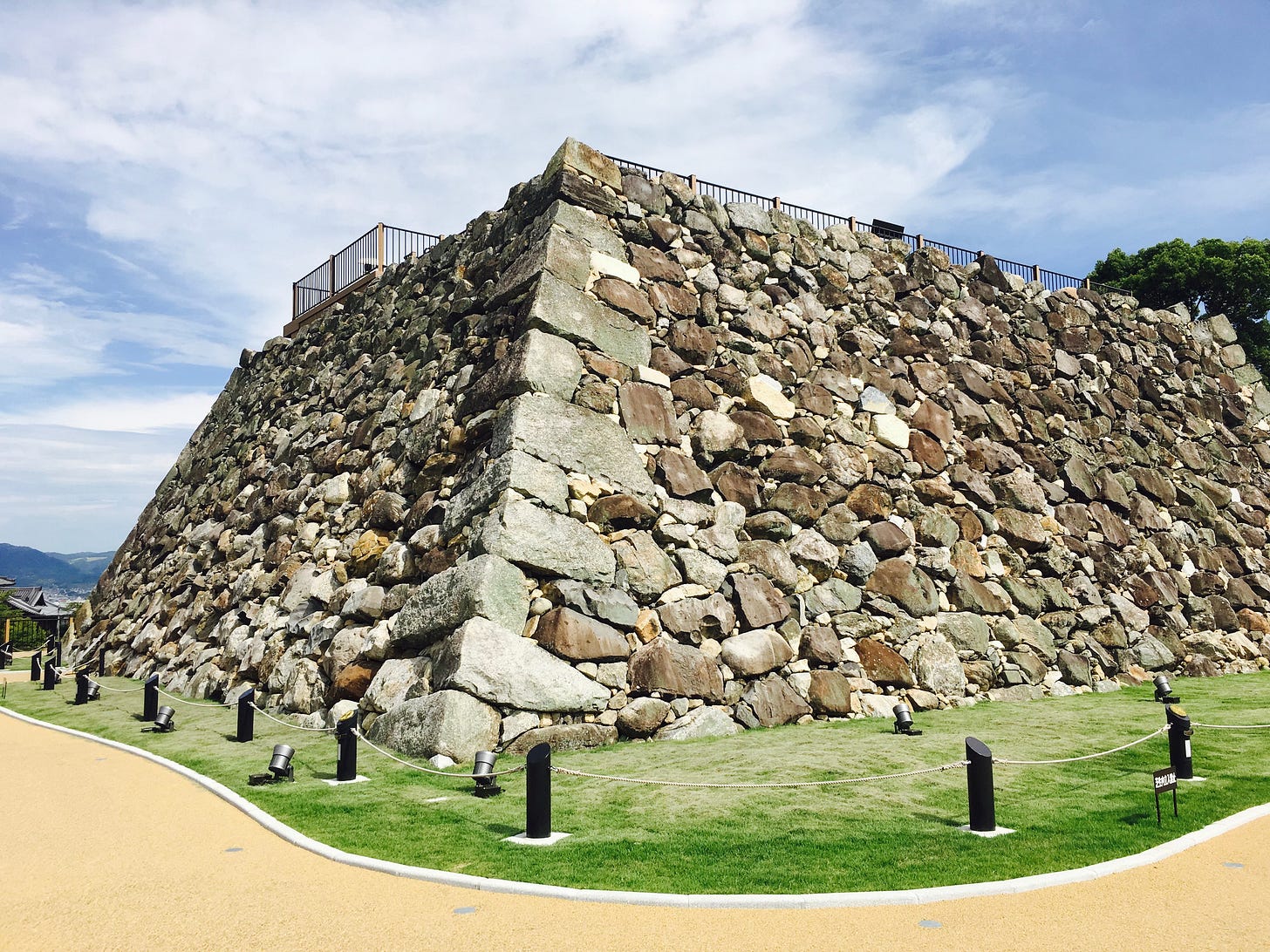
In his rush to expand the castle, Hidenaga demanded each family regardless of status supply a certain amount of stone. As such, many stones from local temples, including stone lantern and even gravestones were used in the walls and can still be seen to this day. Some years later the main keep structure was said to have been damaged in the 1596 Keicho Fushimi Earthquake. Rumours at the time blamed the near collapse on a curse, believed to have been the result of using gravestones and Buddhist temple stones in the base. It has recently been discovered that the keep was dismantled, and relocated to Nijo Castle, and later to Yodo Castle. (Incidentally, the 2026 NHK year-long Taiga Drama TV series will focus on the dynamics of Hideyoshi and Hidenaga.) At this stage the castle gained its current spiral-like layout, with the main keep to the northwest, and the main gates to the southeast, with the various enclosures surrounding and protecting the heart of the fortress. Hidenaga also died of illness at Koriyama Castle.


From 1595 Mashita Nagamori (1545-1615) one of the Toyotomi Go-Tairo, or regime’s Five Commissioners was next to rule the area from the fine castle. He ordered the construction of protective moats and the improvement of the castle town, but was forced out following the Battle of Sekigahara in 1600. The following 15 years saw Koriyama remain vacant until the destruction of the Toyotomi clan in the 1614 and 1615 Sieges of Osaka. The Tokugawa then installed Mizuno Katsushige at Yamato Koriyama and had him reconstruct the by now dilapidated structures. The Tokugawa related Okudaira Matsudaira, and the Honda clans also served as lords of Koriyama.
In 1724, the Yanagisawa clan formally of Kofu (Yamanashi Pref.) became masters of Koriyama. On hearing of Lord Yanagisawa Yoshisato’s transfer, the peasants of Kofu promptly and accurately paid their annual rice taxes and saw their lord off with respect. He brought with him 5,286 retainers and their families with him to Koriyama. He also brought his prized pet goldfish. This led to a prosperous side business for many of the lower ranked samurai, one that sustained them long after the Meiji Restoration of 1868, when the samurai were disbanded. The Yanagisawa clan also introduced silkworm farming, which also improved the local economy. The Yanagisawa clan remained in control of Koyiyama until the end of the Edo period and the collapse of the feudal system, leading to the Meiji Restoration.

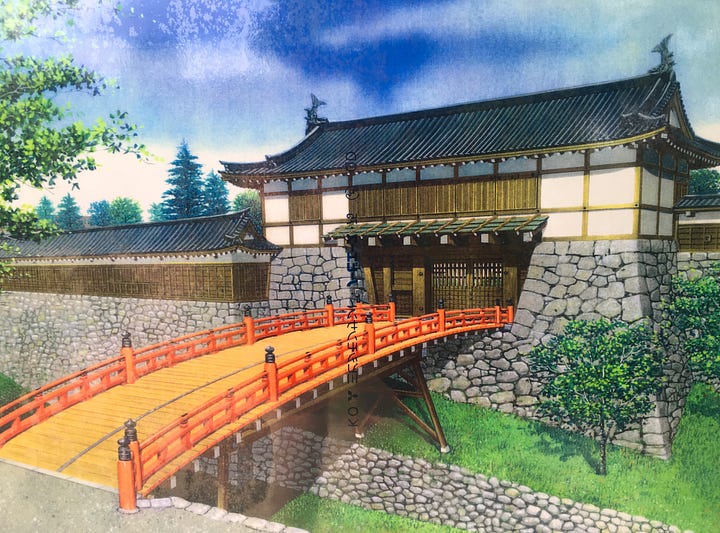

Like most samurai castles, Koriyama Castle was demolished in 1873. The surrounding deep moats, impressive stonework and the castle’s Rinkakushiki layout, having the Honmaru protected on all four sides by the surrounding baileys and precincts, offer the castle fan much to enjoy. Having been built in 1580 means that the stone walls contain a variety of stone working methods.
From 1983 the Otemon gate. Ote Mukai Yagura and Tamon Yagura, and Ote East Yagura have been quite well reconstructed, and are opened at certain times during the year. The Gokuraku Bridge and Hakutaku gate have also recently been reconstructed. Koriyama Castle was designated one of the Extended Top 100 Japanese Castles.

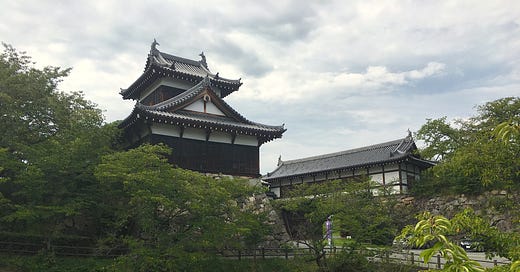



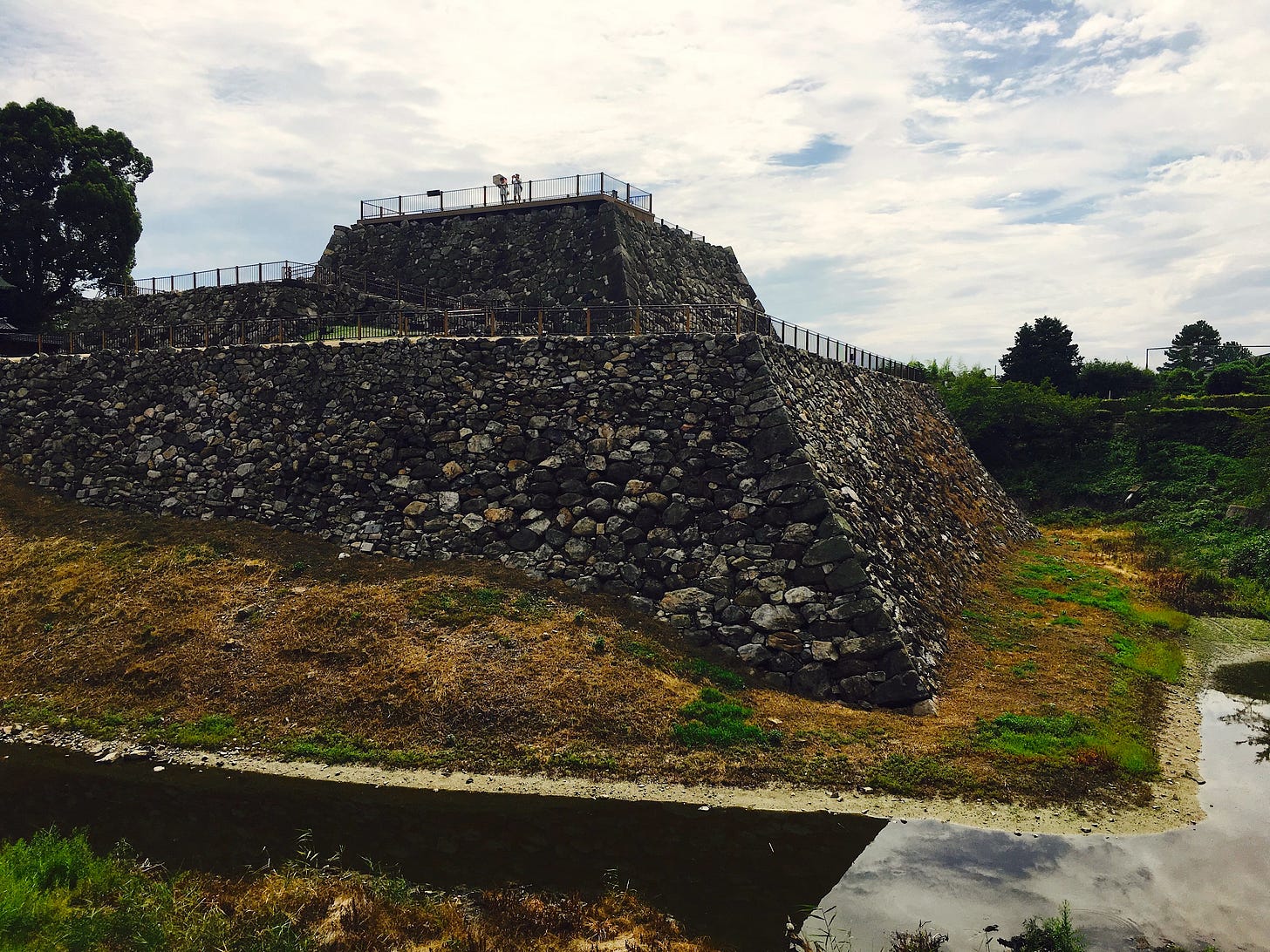

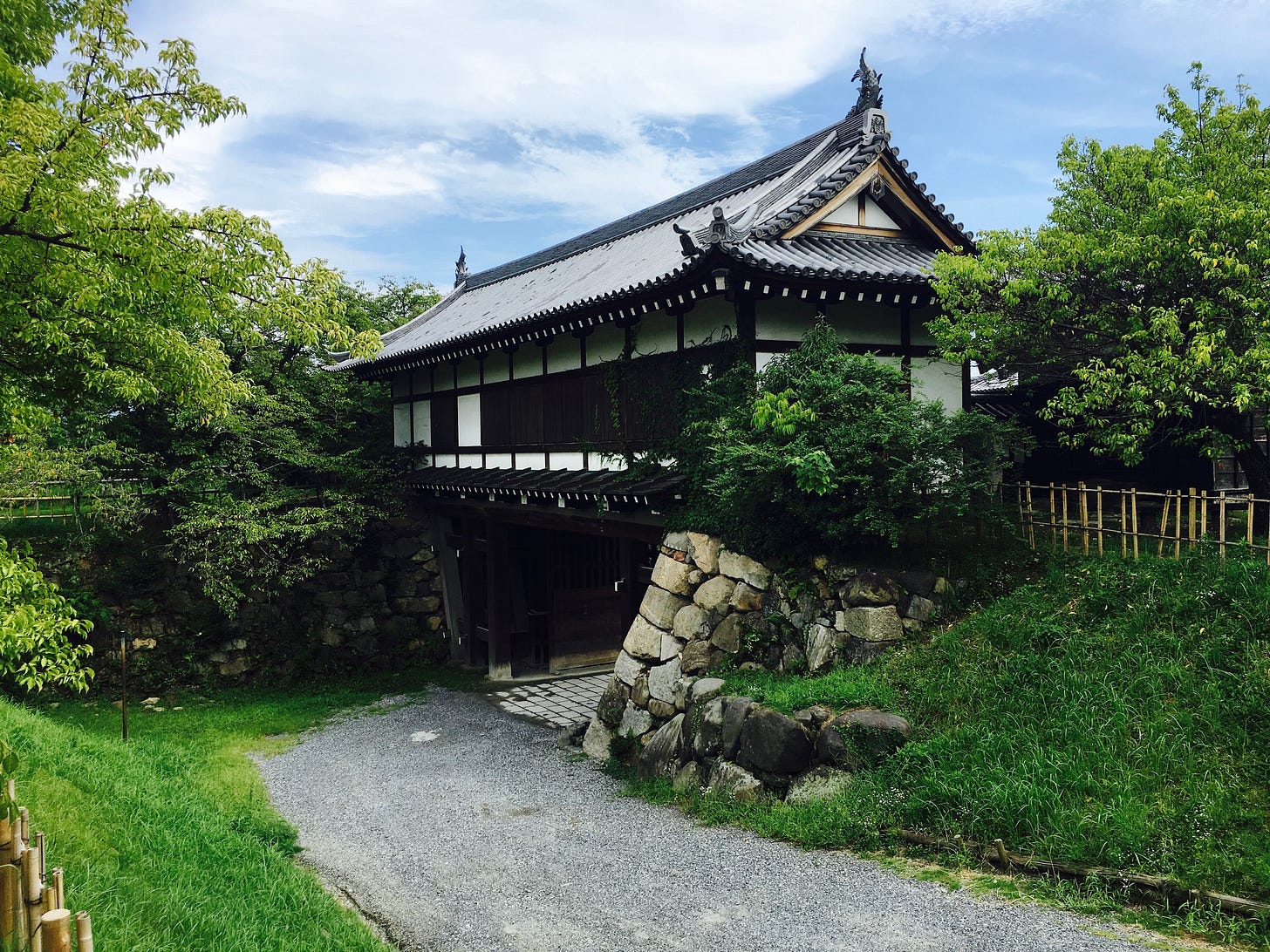
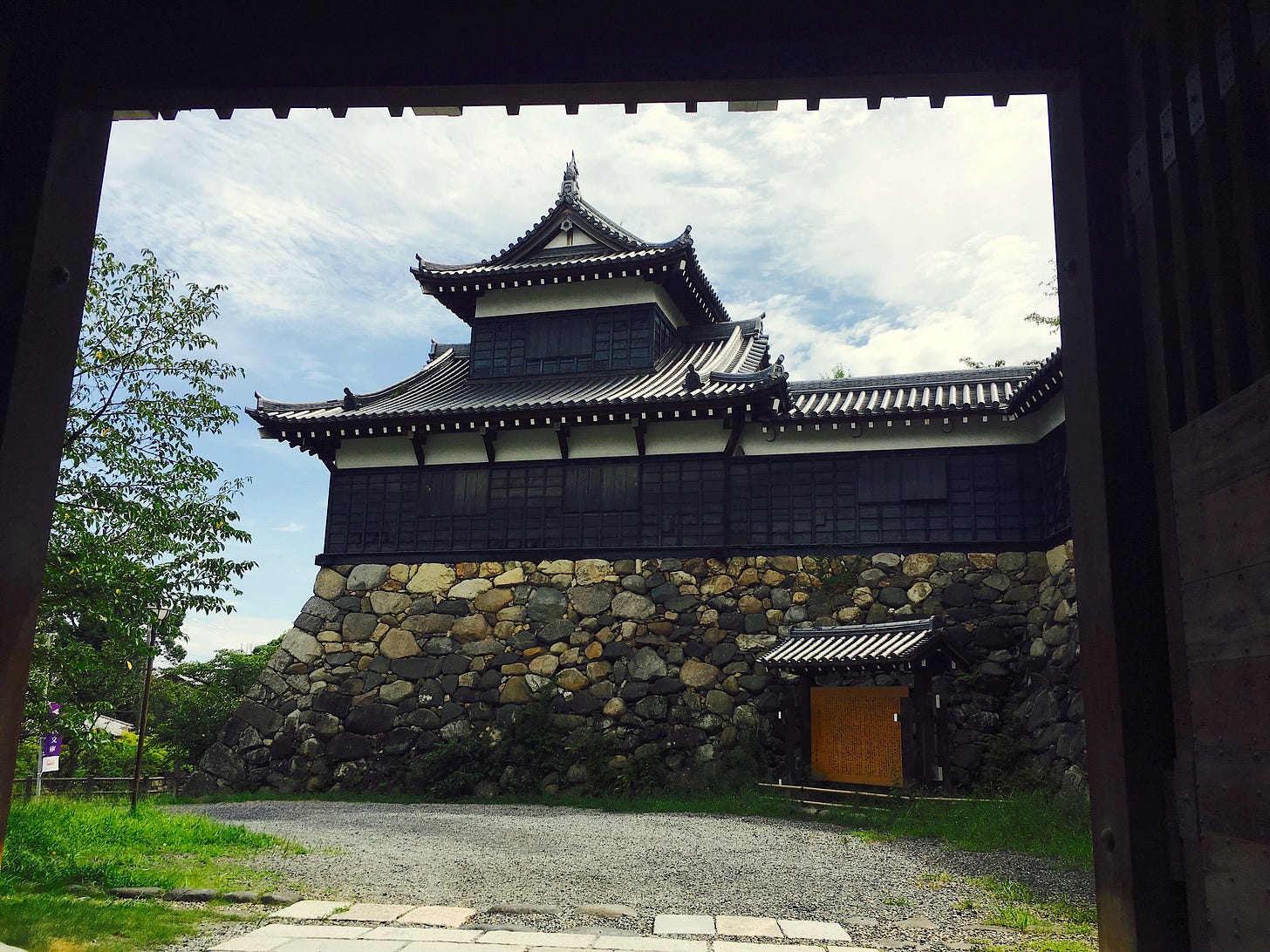
They bred and sold goldfish?